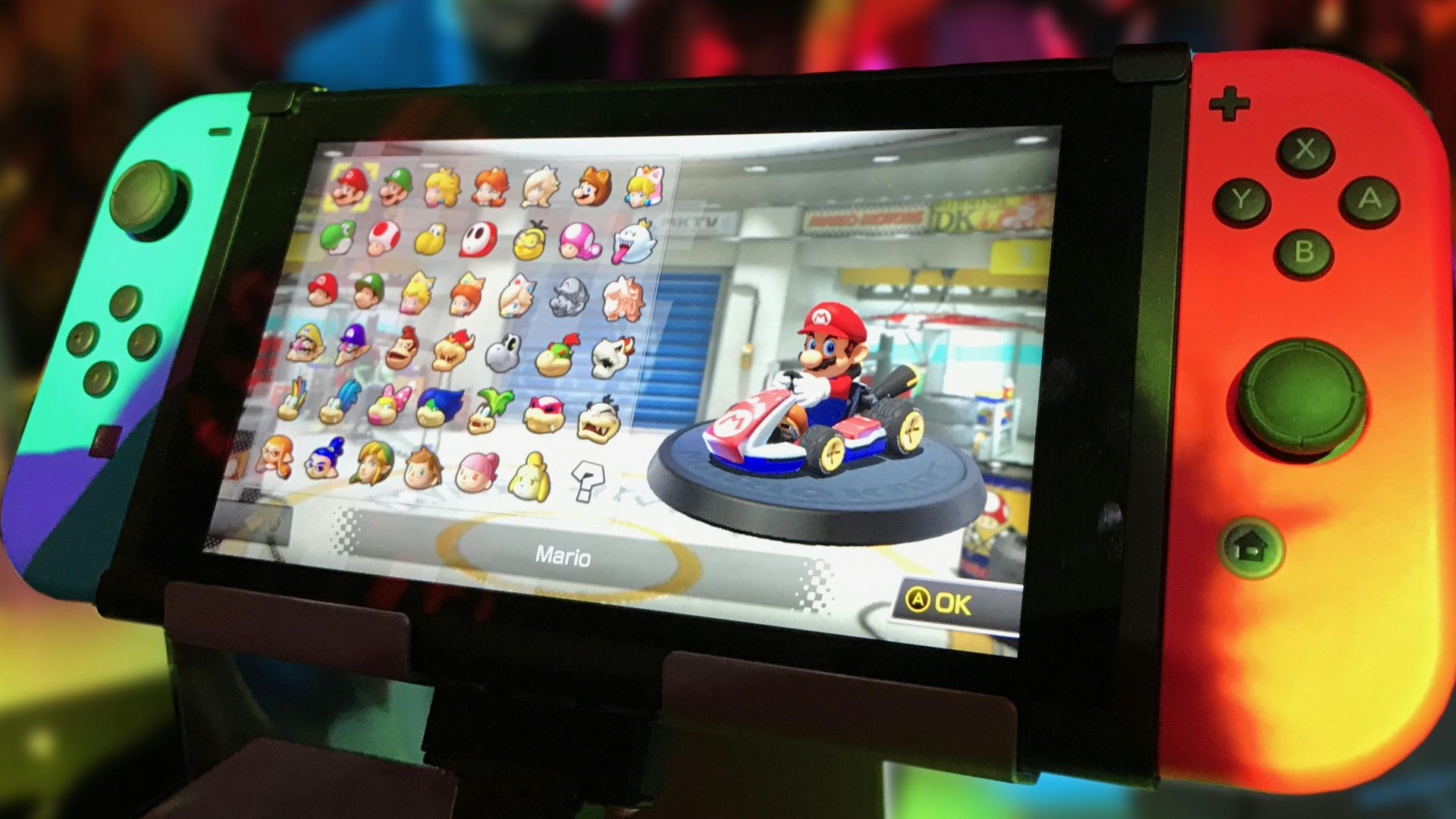In the early 1980s, video games felt unstoppable. Arcades buzzed with life, and home consoles turned living rooms into neon-lit playgrounds. Yet behind that glow, something fragile was forming—a market flooded with poor-quality games and far too many consoles fighting for the same audience. The excitement that once felt infinite was beginning to fracture. And by 1983, the cracks had become impossible to ignore.
So, let’s find out how an industry that had nearly destroyed itself managed to build something even stronger from its ashes.
A Pause, Then A Plan
When the crash hit, it was about credibility, as developers realized that consumers had lost faith. Every low-quality game eroded trust further, and the industry had to earn it back brick by brick. Many small companies disappeared, but their failures became a lesson in restraint and reinvention.
In the void that followed, new ideas began to stir. For instance, Japan’s game industry, largely untouched by the chaos in North America, was quietly observing and learning. Nintendo, already successful in arcades, believed that gaming could rise again if people were reminded that games could be worth their time. So, they planned a home console that promised quality.
As this vision took shape, the industry began shifting its philosophy. Games could no longer be treated as disposable products and developers needed to respect their audience again. The painful silence of 1984 became fertile ground for creativity, and out of that silence came a movement that would redefine gaming forever.
The 8-Bit Rebirth
By 1985, Nintendo’s Entertainment System (NES) arrived in the United States as an “entertainment system.” That small distinction reflected a major cultural reset. Nintendo packaged the NES carefully, bundling it with Super Mario Bros., a game designed to prove what play could be when imagination met craftsmanship.
Players who had abandoned gaming found themselves drawn back in. With a strict licensing system, Nintendo ensured every game met a standard of quality. Third-party developers like Capcom, Konami, and Square soon joined in, building worlds that could be trusted again. Instead of endless clones, players got Mega Man, Castlevania, and Final Fantasy.
Over time, the focus shifted from quantity to legacy, laying the foundation for the modern gaming industry.
Lessons That Shaped The Future
The crash of 1983 was a perfect storm of overproduction, misjudgment, and hubris. But what followed showed remarkable resilience. For instance, in the crash era, most games were anonymous products. By the late ’80s and early ’90s, creators started to gain recognition. Designers became storytellers, and players became loyal fans. That emotional connection was the truest mark of the industry’s rebirth.
The crash also left a lasting warning: success without vision is fragile. Today, whenever companies chase trends or flood markets, the memory of 1983 lingers as a reminder to innovate responsibly.
So, when we hold a controller and lose ourselves in another world, we’re touching a legacy that almost never survived.









